Thomas Becket: Murder and the Making of a Saint – British Museum, London
A review of Thomas Becket: Murder and the Making of a Saint at the British Museum. A good exhibition indeed, but sadly a poor choice for right now.
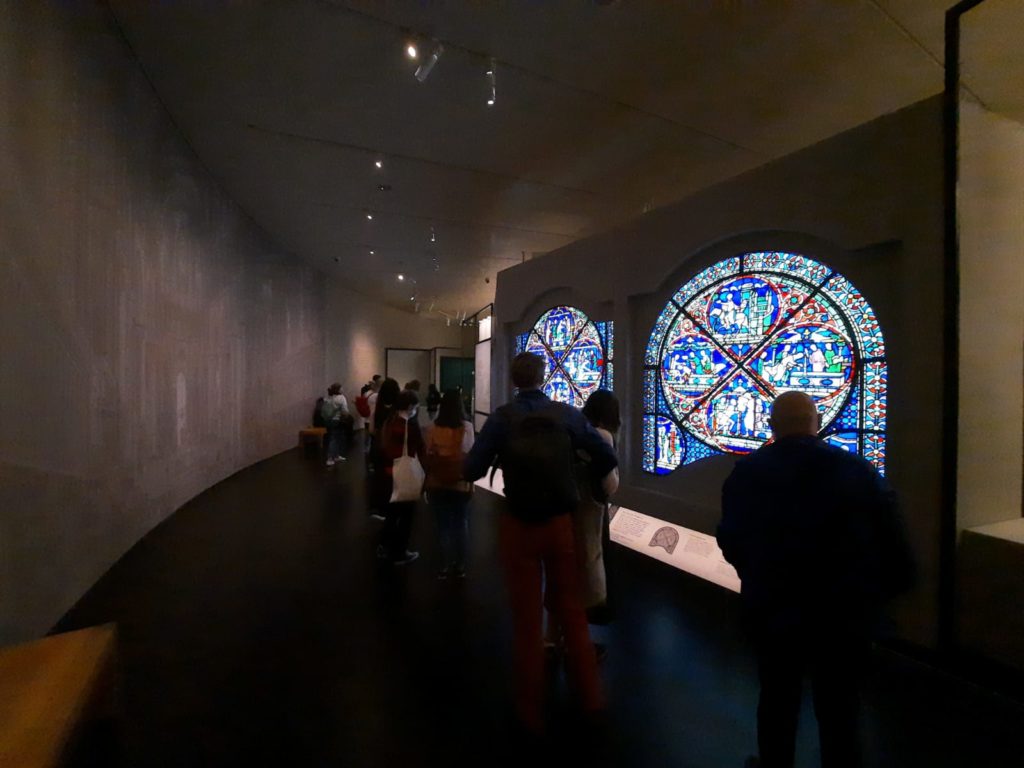
Murder In The Cathedral? More Like I’m Going To Murder The Next Person Who Peers Over My Shoulder
I had been looking forward to this exhibition! A show about Thomas Becket’s rise and fall and rise again as a saint, with some stellar loans. What is not to love for the history nerds like me out there? In reality, however, this was one of my biggest disappointments in a while. Not because of the exhibition itself, which is objectively good. But how quickly the whole museum-going experience can be unravelled at the moment by overbooked tickets. I would liken this experience to when I saw Andy Warhol last year at the Tate, or Artemisia at the National Gallery. Great content, but how can you concentrate when there are so many people in your personal space? And this instance I think was very preventable – the exhibition team must have known that bottlenecks would form around small, detailed objects. Ticket numbers should have been planned accordingly…
Ok, that is the first part of my rant over. Let’s take a look at the exhibition itself, and then a bit more on the experience of visiting it.
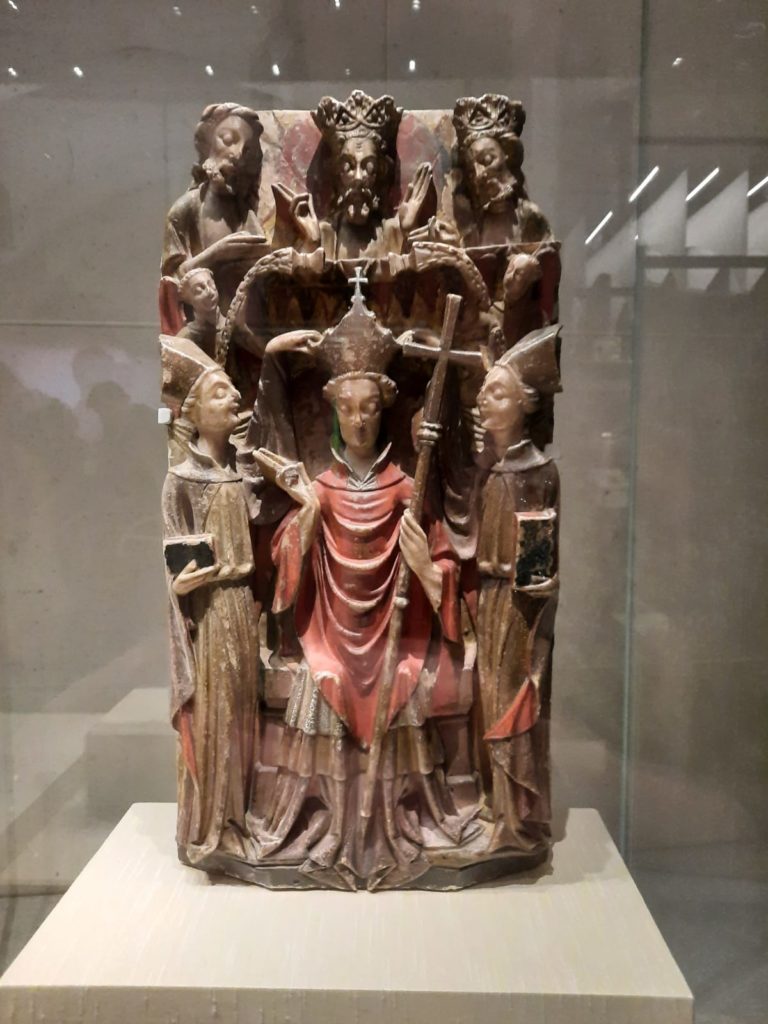
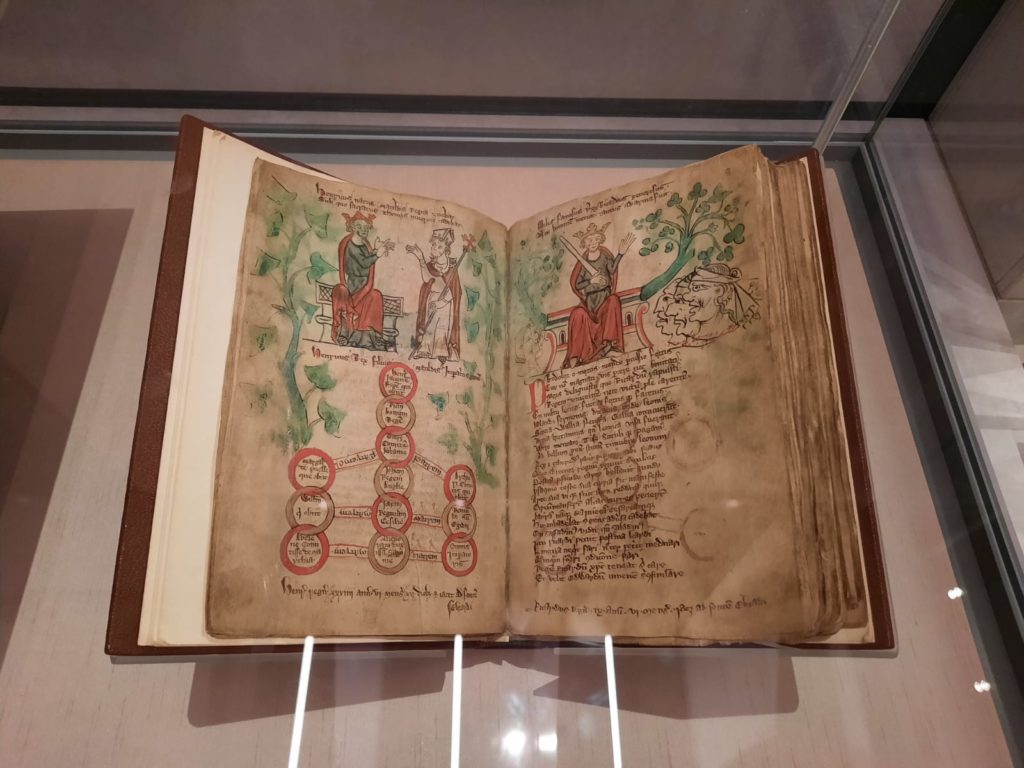
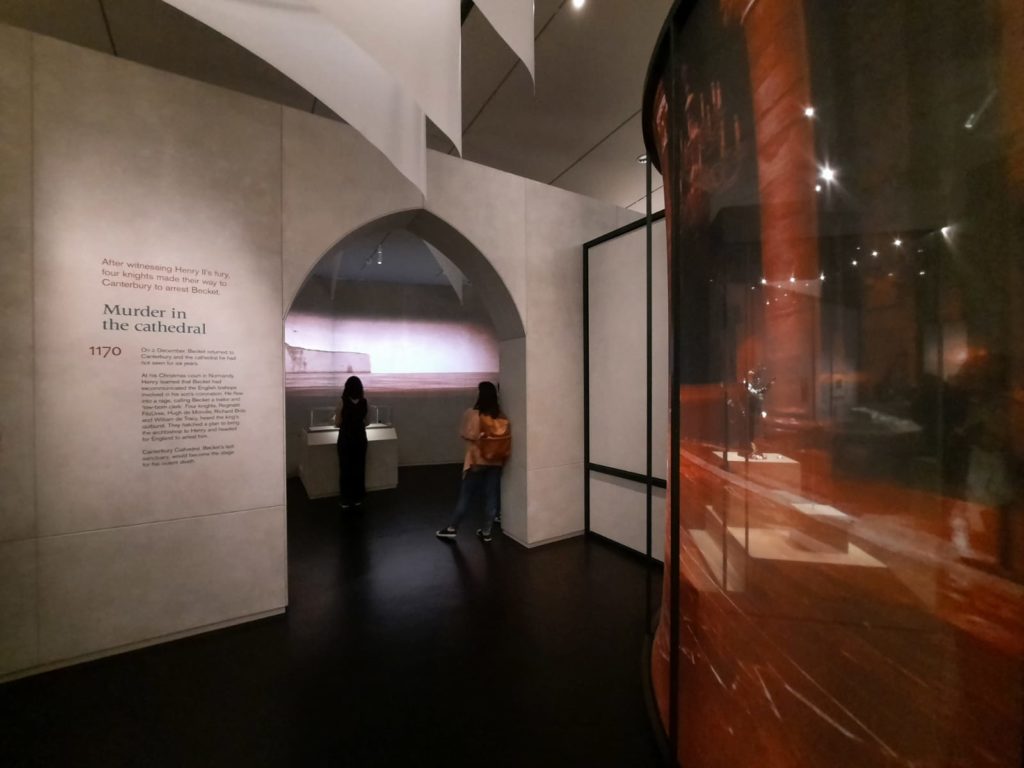
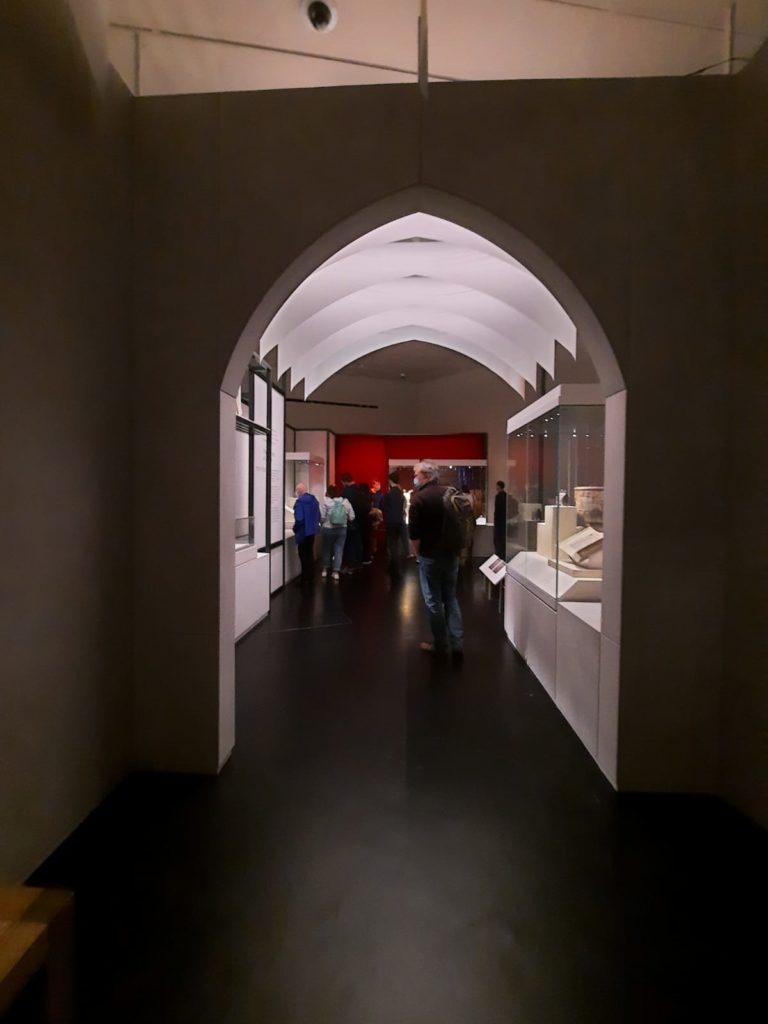
The Story Of Thomas Becket’s Life And Legacy
Thomas Becket’s story is a very interesting one. His background didn’t guarantee him a position of fame and power. Indeed quite the opposite. Becket was born in Cheapside, London, to French immigrant parents. It was as an outsider that Henry II promoted him first to royal chancellor, and then to Archbishop of Canterbury.
This friendship and trust did not last long, however. Thomas pushed back against the king’s attempt to curtail the authority of the church (by having churchmen accused of serious crimes tried in secular courts). For a while there was a bit of fleeing to France and coming back again. Fatefully Becket returned once around the time that Henry had his son crowned co-ruler, ignoring the fact that crowning monarchs is the Archbishop of Canterbury’s job. Becket excommunicated several people involved. This was enough to have him murdered. A murder that sent shockwaves across Europe, particularly as it took place in the sanctity of Canterbury Cathedral. Henry was embroiled in the whole mess, and had to pay penance.
Within a couple of years, Archbishop Thomas Becket had a long list of miracles to his name. He was promptly canonised by Pope Alexander III. A pilgrimage to his shrine is famously the background to the Canterbury Tales. Saint Thomas Becket (or Saint Thomas à Becket) continued to have a strong following. Even when Henry VIII decided a saint who defied a king could be dangerous and tried to de-canonise him. Today, the basic outline of his life and death still form part of our collective general knowledge. An interesting topic to delve into in exhibition format, therefore!
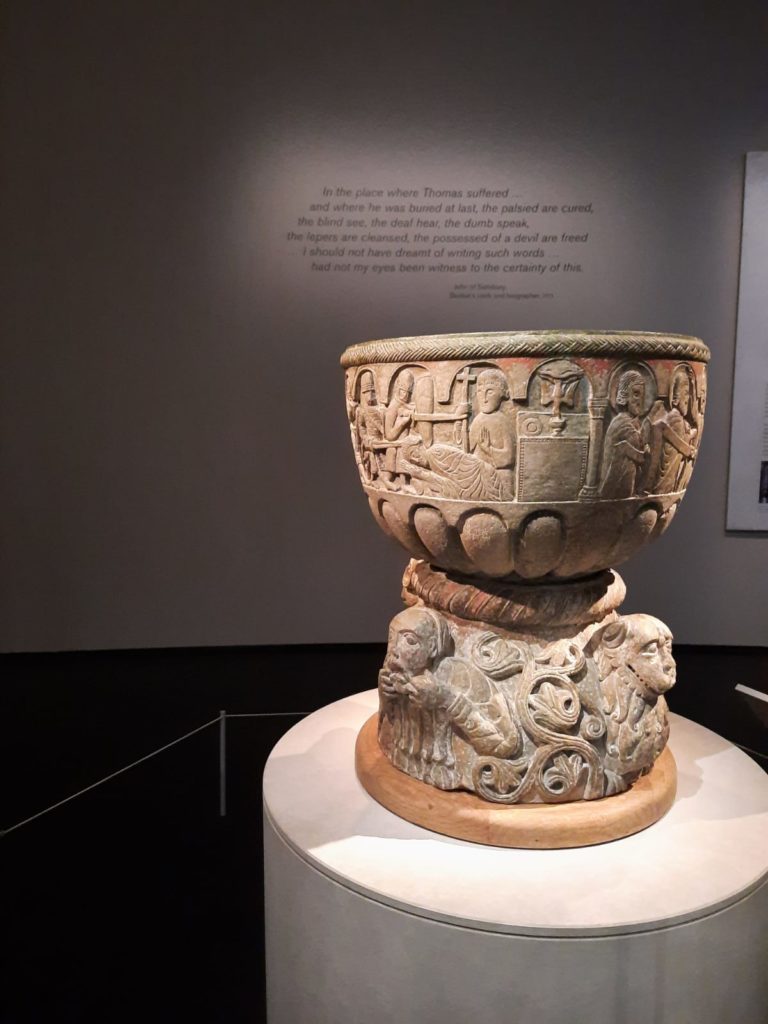
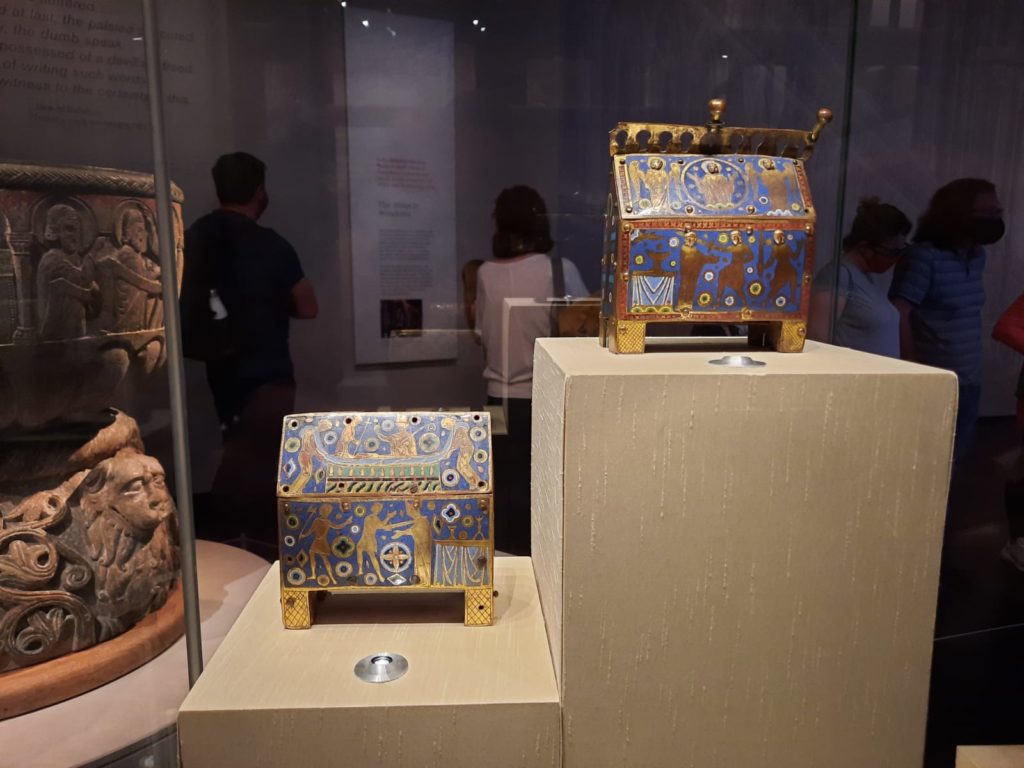
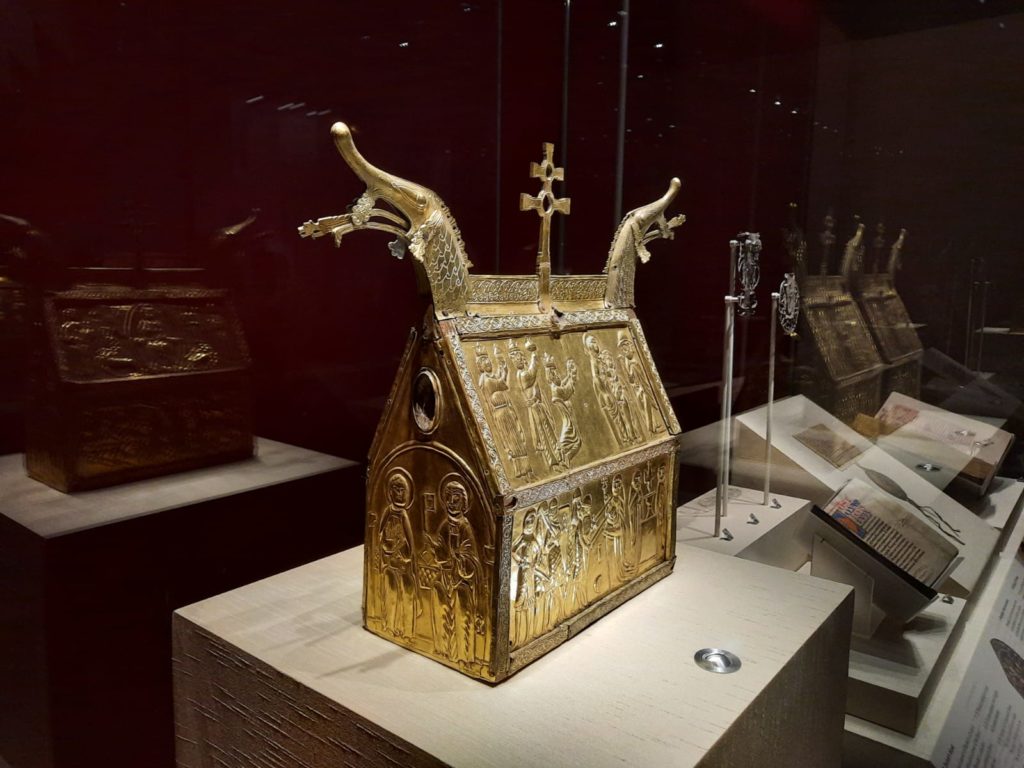
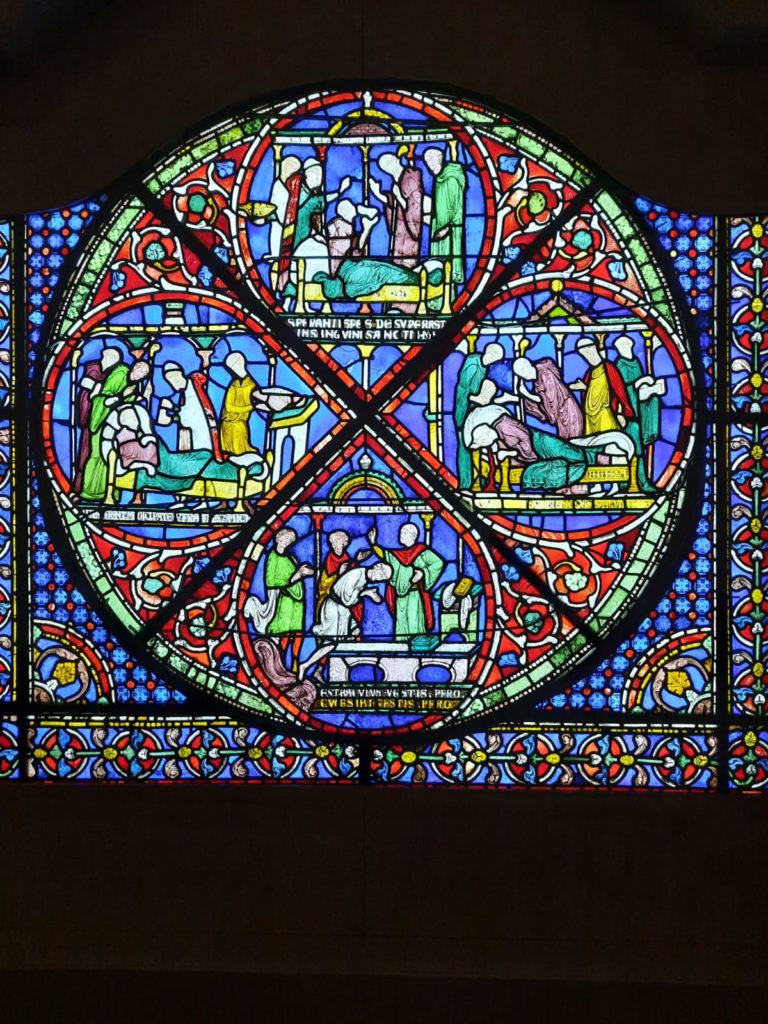
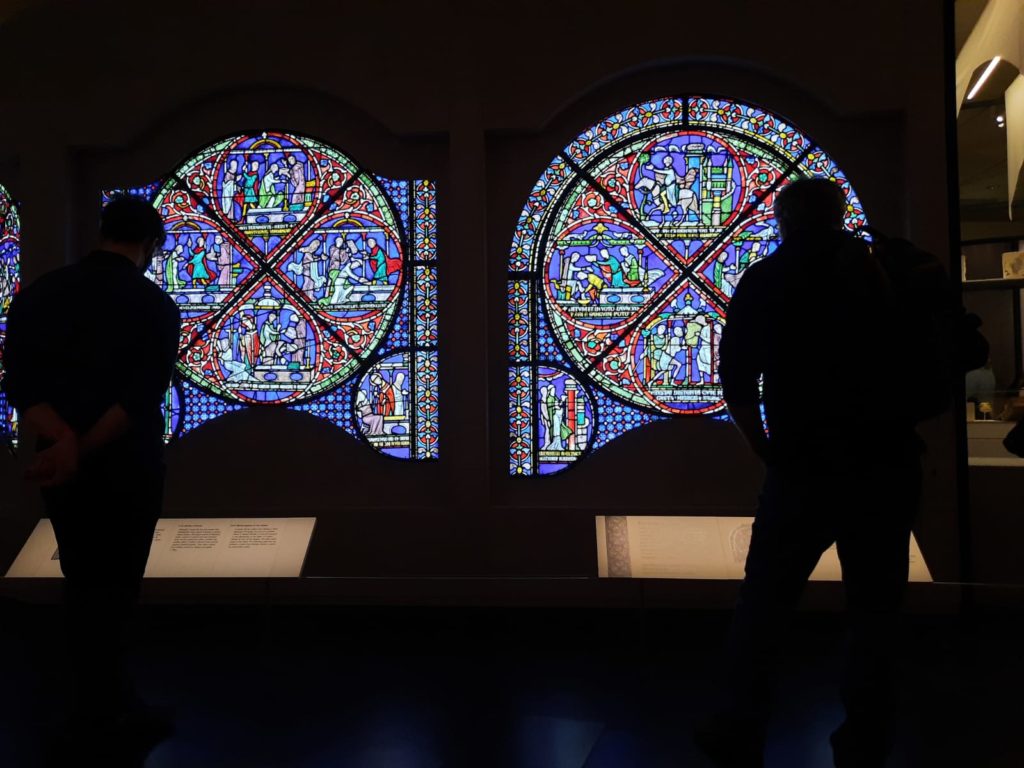
A Fascinating Exhibition…
The British Museum have done a great job of this exhibition on a number of fronts. Firstly, the exhibition design is great from the moment you set foot through the door. There is a one-way path through the exhibition with dividing panels that recall Gothic architecture. An animation of the ‘denouement’ of Becket’s story is about halfway through, with a background of monastic chanting that you can hear throughout. It helps to place you in another world. One of an all-powerful combination of church and king, courtly intrigue and struggles for dominance.
Secondly, the story is very well told both through the texts and the selected exhibits. The information panels are clear and concise, building a compelling picture of why Becket was so important in both life and death. The objects tell the story simultaneously. We build a picture of Becket’s London; see his disagreement with the king in the illustrations in a manuscript; see his death depicted over and over as the shockwaves spread throughout Europe; and see how attempts to erase his legacy failed in the face of the people’s reverence.
Some of the loans are spectacular. My particular favourites were the stained glass windows loaned from Canterbury Cathedral, and a massive stone font from Sweden. The former tell the story of Saint Thomas’s miracles (or a selection thereof). The latter shows his murder, and directly implicates the English king. I never would have expected some Swedish villagers somewhere to see the death of an English Archbishop week in and week out, but this object shows just how influential the story became. Looked at purely in terms of its own merits, this is thus a good historic exhibition.
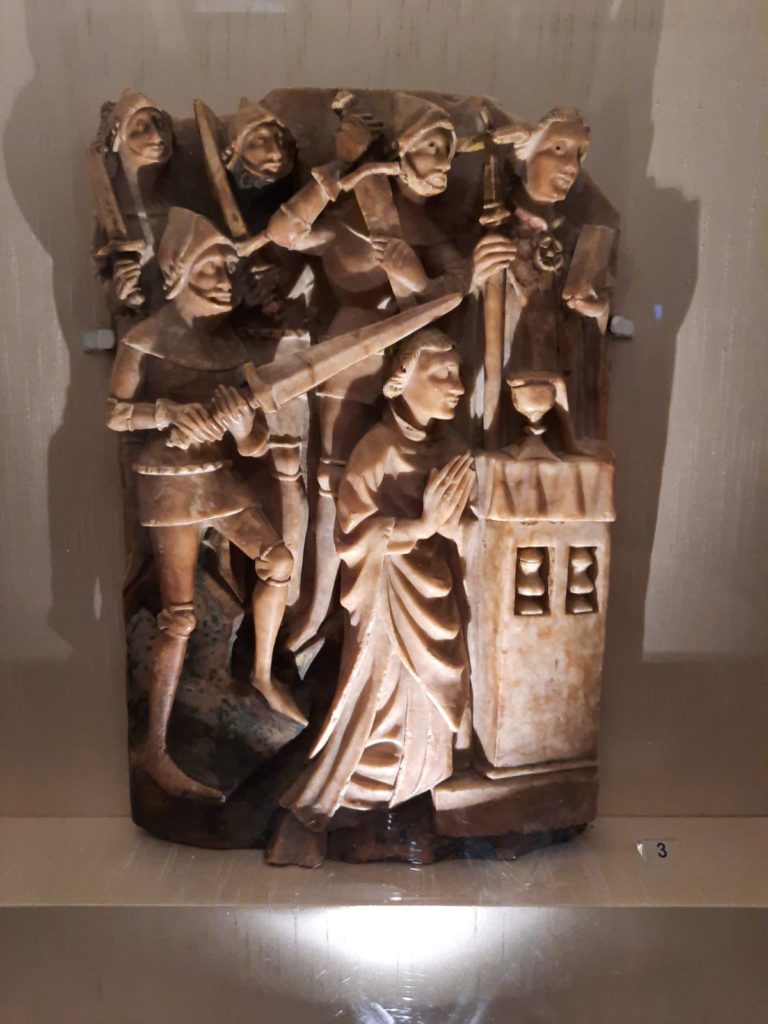
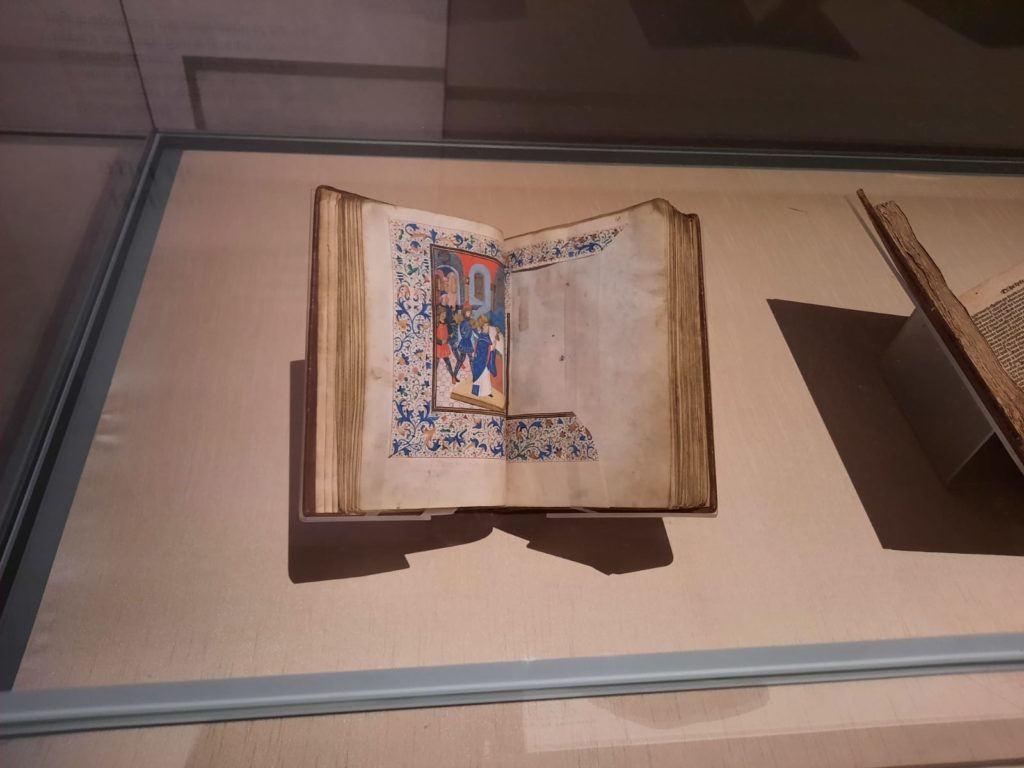
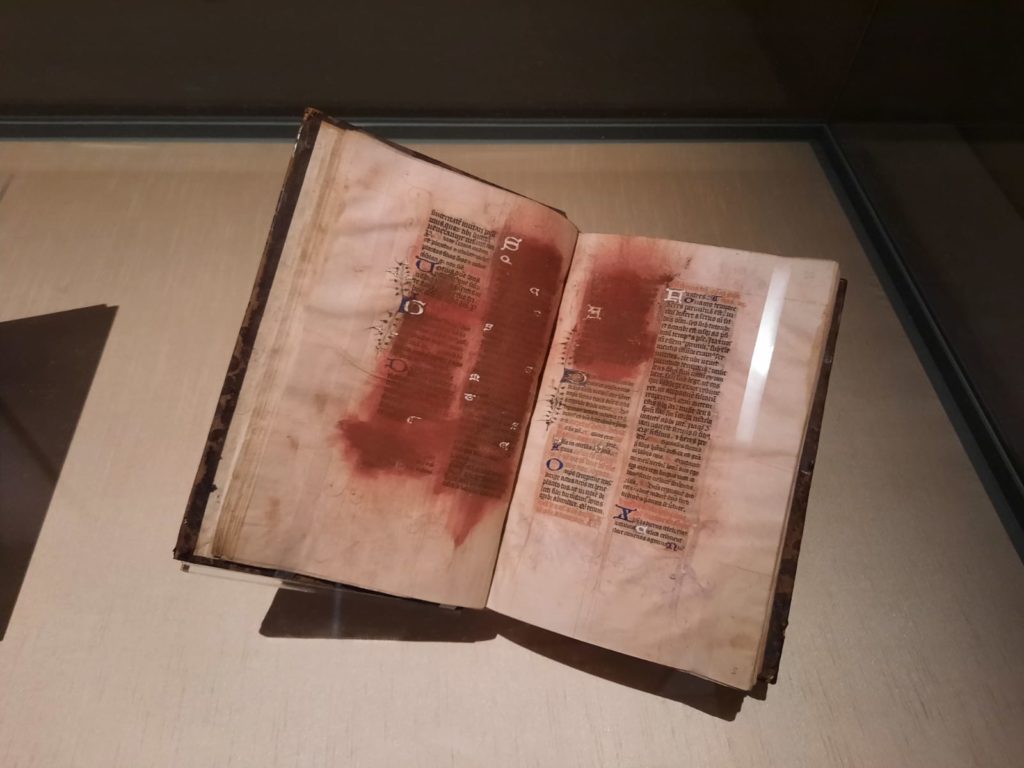
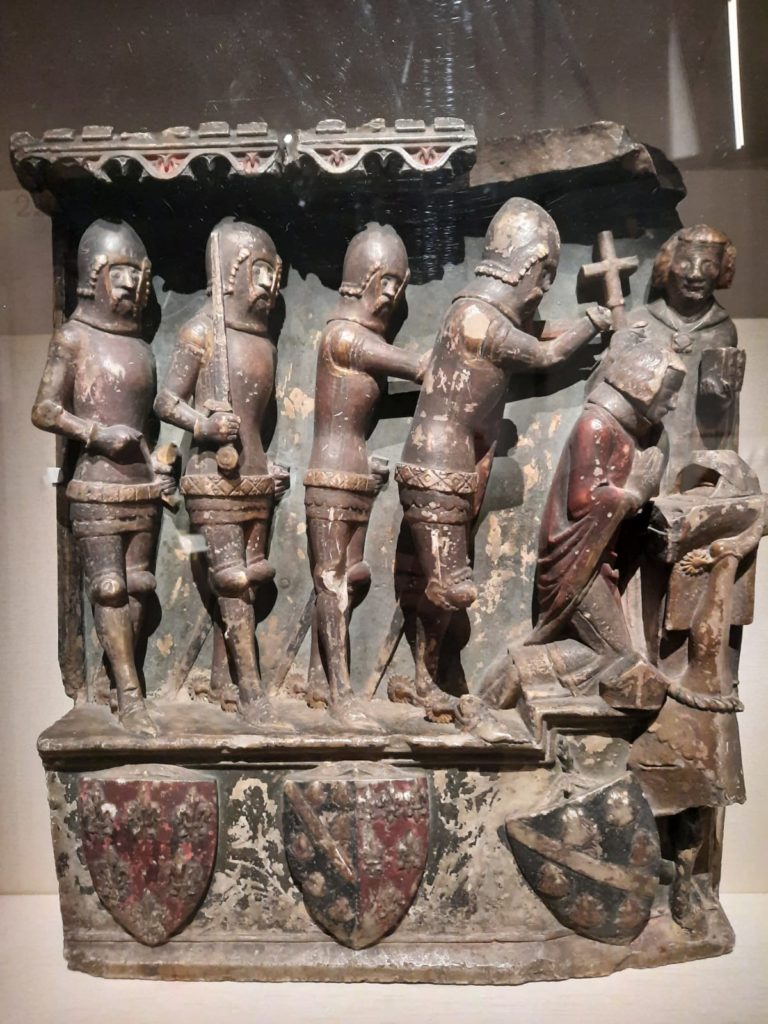
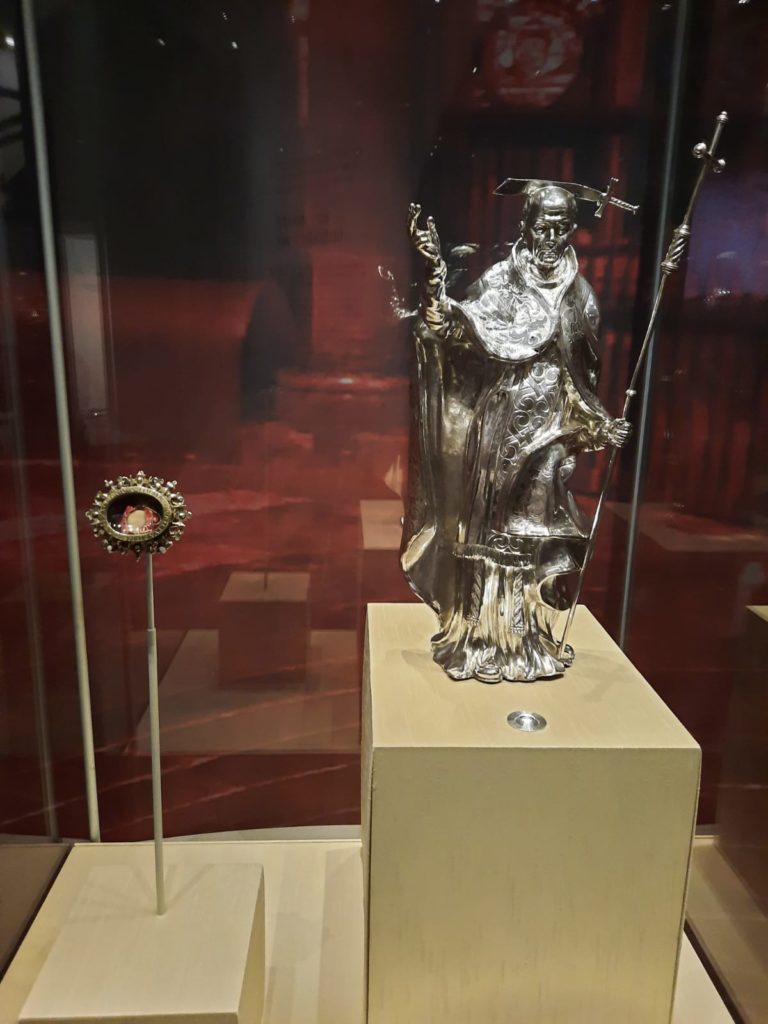
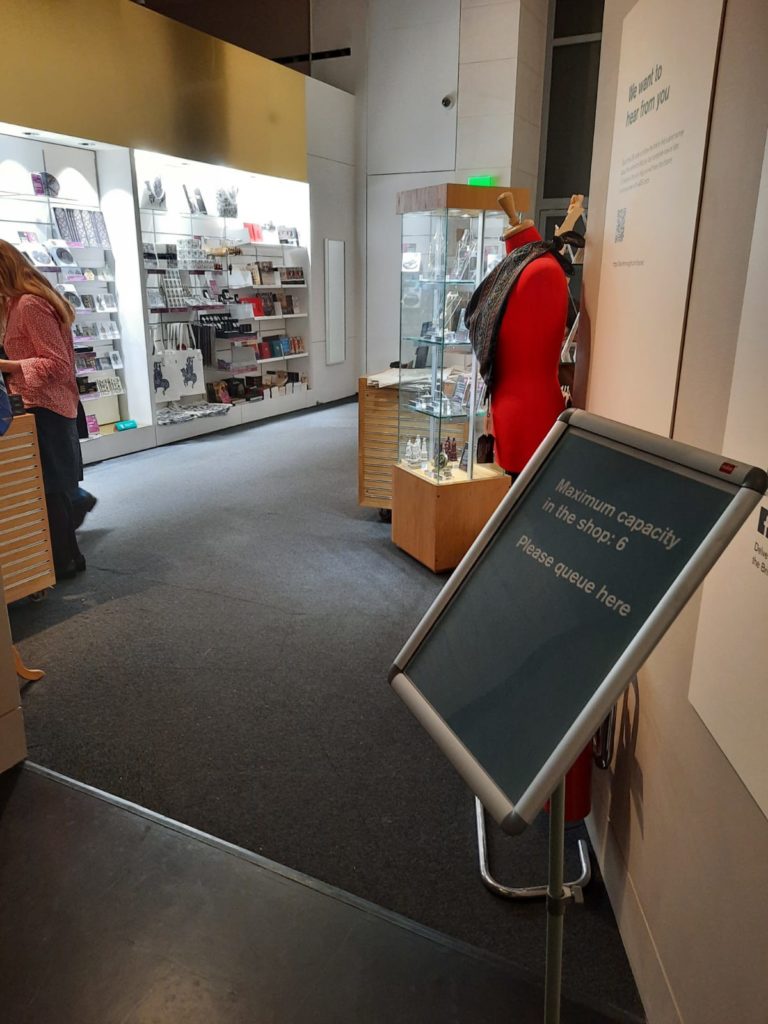
…If Only Everyone Else Wasn’t Here
And therein lies the rub. On the day that I visited, there were simply too many tickets sold for it to be a good visiting experience. Manuscripts and reliquaries are intricate, detailed objects, which you want to get up close to. All it takes is one or two slow visitors to cause either huge bottlenecks, or visitors to abandon social distancing in favour of a closer look. I have seen comments on the British Museum’s social media which lead me to believe that mine was not an isolated experience.
The compounding factor in my opinion was a low number of staff members on hand. There was nobody to manage the crowds, so to speak, apart from a couple of visitor hosts who did not seem inclined/encouraged to intervene. I shamed a couple of fellow visitors into a bit of distancing by appearing horrified at how close they were to me, but there’s only so much of that you can do. I was very amused to find that, like at Warhol all those months ago, the only place with a clearly stated maximum occupancy was the gift shop.
It was a real shame. In the end I couldn’t see all the exhibits. I saw all the ones I really wanted to by patiently queueing, but skipped some others where there were really far too many people. If only I was a much more high profile blogger and could see it at a quieter time or as a private view. For now maybe I need to be a bit pickier about what I choose to see, based on how well I think people will manage to distance. Nonetheless, I still appreciated the new insights about the death and sainthood of Thomas Becket, and the chance to see some great objects on loan.
Salterton Arts Review’s rating: 2.5/5
Thomas Becket: Murder and the Making of a Saint on until 22 August 2021
Read about more London exhibitions by signing up for our weekly newsletter:
If you see this after your page is loaded completely, leafletJS files are missing.

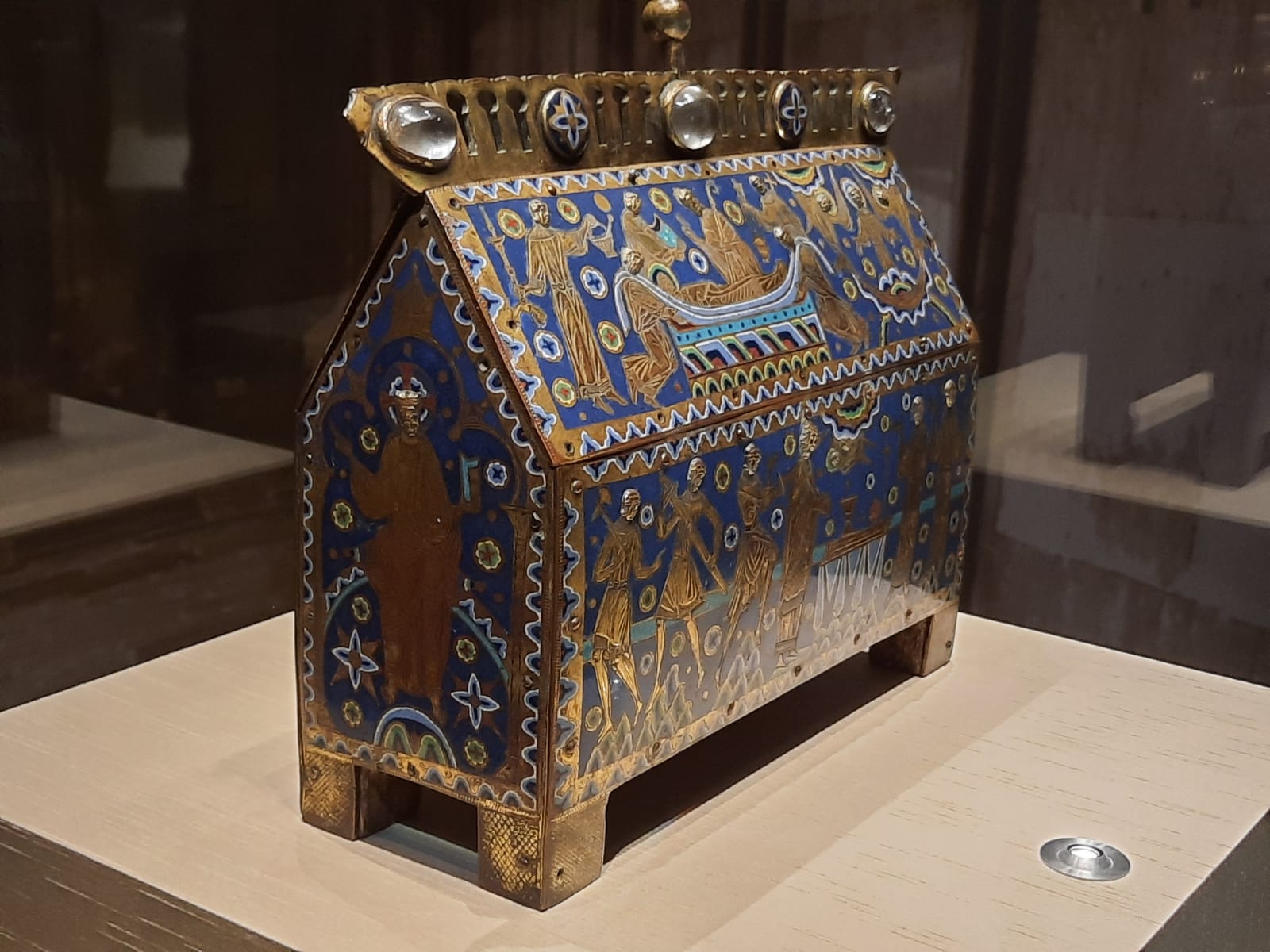
4 thoughts on “Thomas Becket: Murder and the Making of a Saint – British Museum, London”